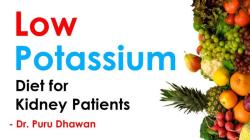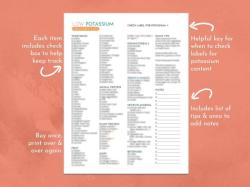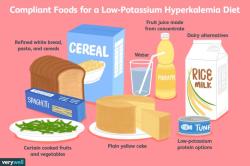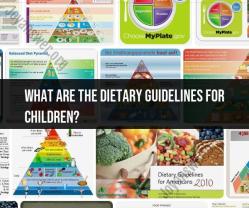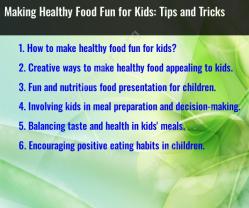What are the Dietary Guidelines for children?
The Dietary Guidelines for children, like those for adults, provide recommendations for maintaining a healthy and balanced diet. These guidelines are typically designed to promote the overall health and well-being of children and adolescents. While specific recommendations may vary slightly depending on the country or organization providing the guidelines, here are some common principles found in dietary guidelines for children:
Eat a Variety of Foods: Children should consume a wide range of foods from all food groups, including fruits, vegetables, grains, protein foods (such as lean meat, poultry, fish, beans, and nuts), and dairy or dairy alternatives.
Balanced Meals: Encourage balanced meals that include a combination of carbohydrates, protein, and healthy fats.
Portion Control: Teach children about appropriate portion sizes to prevent overeating and promote healthy weight management.
Fruits and Vegetables: Aim to fill half of the plate with fruits and vegetables at each meal. These foods are rich in vitamins, minerals, fiber, and antioxidants.
Whole Grains: Choose whole grains over refined grains for improved nutrient intake. Whole grains include options like whole wheat, brown rice, quinoa, and oats.
Limit Added Sugars: Minimize the consumption of foods and beverages high in added sugars, such as sugary drinks, candies, and desserts.
Limit Sodium: Reduce sodium (salt) intake by consuming less processed and salty foods. Encourage the use of herbs and spices for flavor.
Dairy or Dairy Alternatives: Ensure children have an adequate intake of calcium and vitamin D by including dairy products or fortified dairy alternatives in their diet.
Protein Choices: Choose lean protein sources like poultry, fish, beans, tofu, and lean meats. Limit processed meats and high-fat cuts of meat.
Hydration: Encourage drinking plenty of water throughout the day, especially when thirsty. Limit sugary drinks and excessive caffeine intake.
Meal Timing: Promote regular meal times and avoid skipping meals, particularly breakfast.
Family Meals: Eating together as a family can foster healthy eating habits and social interaction.
Limit Fast Food and Restaurant Meals: Reduce the frequency of eating out and opt for healthier choices when dining at restaurants.
Physical Activity: Alongside dietary guidelines, encourage regular physical activity to support overall health.
It's important to note that dietary guidelines may differ based on the child's age, sex, activity level, and specific nutritional needs. Parents and caregivers should consult with healthcare professionals or registered dietitians for personalized guidance on their child's nutrition and dietary requirements.



